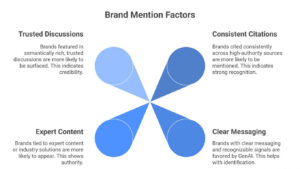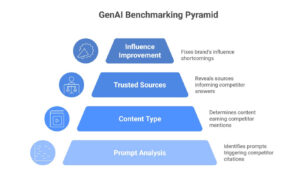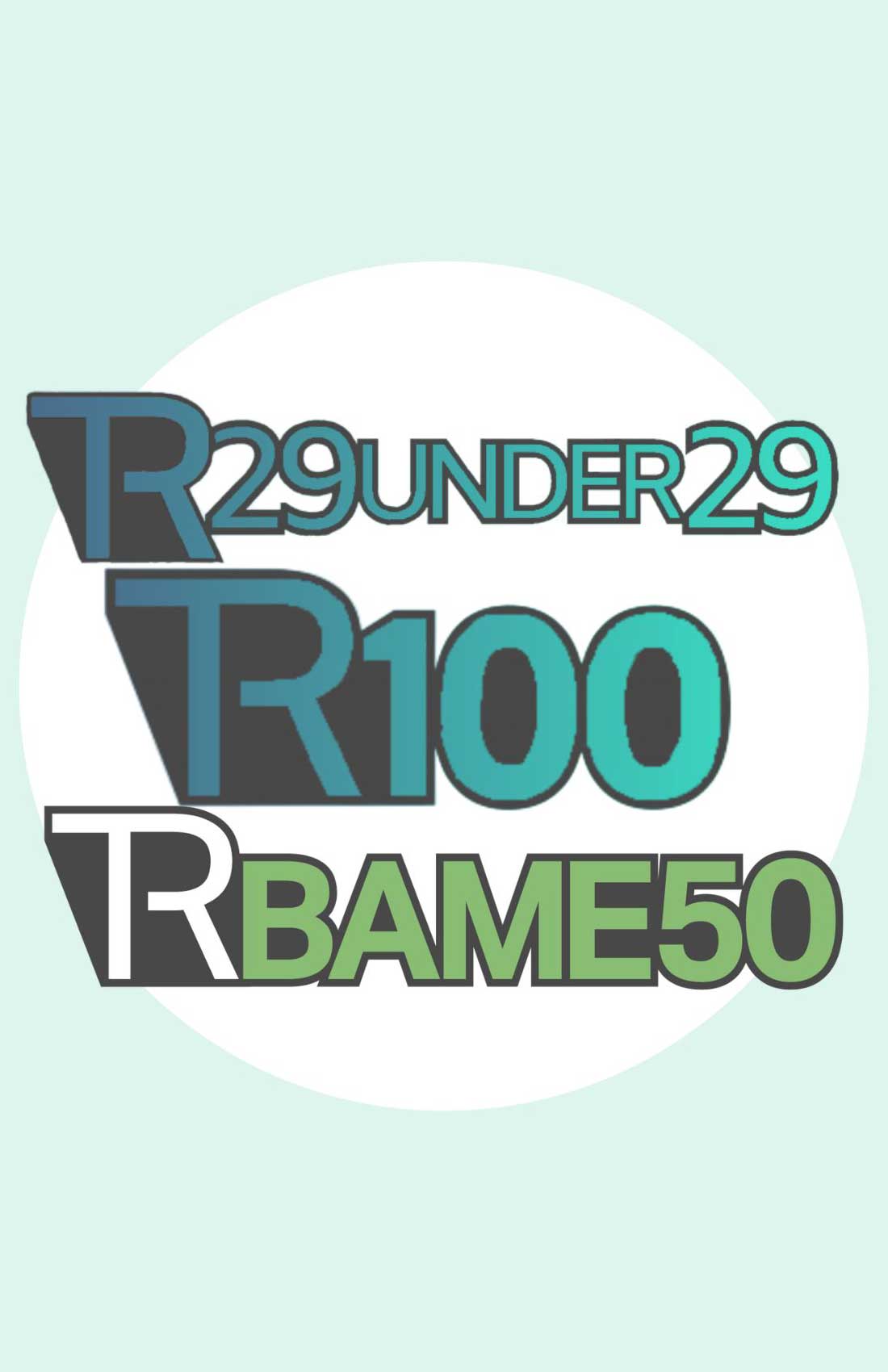The way people search is changing, and so are the rules for how brands get discovered. Generative AI platforms like ChatGPT, Claude, Perplexity, and Gemini are no longer just assistants. They are becoming the first stop for consumer research and decision-making. In this new digital era, visibility doesn’t come from ten blue links. It comes from being named, referenced, and trusted inside AI-generated answers.
Wellows is built for this GenAI reality. It’s an autonomous marketing platform that brings data, automation, and daily visibility tracking together to turn strategy into measurable growth. Wellows can help brands understand where competitors lead and what steps keep them visible where choices now begin, inside AI-driven answers.
What Has Changed About Brand Visibility in Search?
Search is no longer limited to engines like Google and Bing. Users are turning to generative AI platforms to ask deeper, context-driven questions and trust the answers they receive. Instead of scanning through a list of links, they are reading a single, synthesised response. That shift has redefined how visibility works.
Traditional SEO relied on rankings and backlinks. But inside GenAI tools, it is all about citations. If your brand is mentioned in an AI response, it becomes part of the decision-making process. If not, your brand may be completely overlooked even if you rank well on search engines.
How Do Citations Influence Buying Decisions?
Citations in AI-generated content act as real-time endorsements. Where platforms like ChatGPT or Claude mention a brand as part of a solution, users perceive it as credible, relevant, and trustworthy. This influence happens at the moment of highest intent when users are looking for answers.
Unlike traditional search, where users review multiple listings, generative AI typically presents one answer. One recommendation. One cited brand. That makes every mention significantly more valuable and every missed mention a potential lost opportunity.
Why Are Traditional SEO Metrics No Longer Enough?
SEO metrics like rankings, keyword volume and backlinks still matter, but they no longer offer a complete picture. A brand could rank on the first page of Google and still be entirely absent from AI-generated answers.
This creates a visibility gap that many marketers are not even aware of. To remain competitive, teams must measure and optimise for AI-driven citations alongside their organic search performance. It is no longer an optional layer, it is a necessary shift in strategy.
Where Do GenAI Tools Pull Brand Mentions From?

Generative AI models are trained on massive datasets that include web content, media articles, product databases, user reviews, and more. The brands they mention are usually those that are:
- Cited consistently across high-authority sources
- Clear in their messaging and structured with recognisable brand signals
- Tied to expert-level content or industry-specific solutions
- Featured in semantically rich, trusted discussions
This means brands that invest in content depth, topic authority, and strategic placement are more likely to be surfaced in answers.
How Can Brands Identify and Close Citation Gaps?
Most brands have limited insight into where they are mentioned or excluded across GenAI platforms. Identifying and closing citation gaps starts with understanding three key areas:
- Citation Score: A metric that aggregates how often your brand is mentioned in leading GenAI responses
- Implicit Citations: Mentions of your competitors on domains where your brand is not present
- Explicit Citations: Specific user prompts that return competitor mentions but exclude your brand
By tracking these metrics, marketers can spot weaknesses in visibility and take targeted action to improve performance where it matters most.
What Type of Content Drives Brand Citations?
Content that earns citations in generative AI platforms shares a few common traits. It is:
- Aligned with user intent and phrased to match natural language prompts
- Rich in semantic relevance and clearly structured
- Published on trusted domains or expert-level platforms
- Tied to real-world solutions or frequently asked questions
Examples include in-depth guides, product comparison articles, how-to explainers, and thought leadership pieces. To be cited, your content must not only rank, it must be reference-worthy.
How Can Marketers Stay Ahead of This Shift?
Winning in GenAI visibility requires a new approach. Marketers should:
- Monitor how prompts are evolving across platforms
- Track where and how their brand is being mentioned
- Structure content for easier recognition by AI systems
- Build authority through partnerships, PR, and expert contributions
- Invest in platforms that offer GenAI visibility tracking and analysis
This is not just another marketing channel. It is a foundational change in how information is delivered and how trust is earned.
How Is Competitive Benchmarking Evolving In The GenAI Era?

Traditional SEO benchmarking highlights who ranks above you in Google. GenAI benchmarking, however, focuses on:
- Which prompts are triggering your competitors’ citations
- What type of content is earning those mentions
- Which sources are being trusted to inform those answers
These insights go beyond ranking, they show where your brand is falling short in influence and how to fix it.
What Should Marketers Do Next with Generative AI Tools?
To adapt to this shift, marketers should begin treating GenAI visibility as a core strategic pillar. That means:
- Building KPIs that measure citations, not just traffic
- Creating content designed to be cited, not just clicked
- Using prompt-level insights to guide campaigns and outreach
- Focusing on brand mentions within the most influential GenAI tools
This proactive approach ensures you are not just visible, you are trusted, referenced, and chosen.
Search behavior is changing. Generative AI platforms are rewriting how users find information and make decisions. In this environment, the most influential brands are not just the ones that rank they are the ones that are cited.
To stay ahead, marketers must rethink visibility. It is not about being one of many options. It is about being part of the answer. That requires new tools, new KPIs and a new mindset. The future belongs to brands that understand how discovery works in this AI-first world and who are willing to build strategies that put them inside the answers.
—TechRound does not recommend or endorse any financial, investment, product or other advice, practices, companies or operators. All articles are purely informational—



